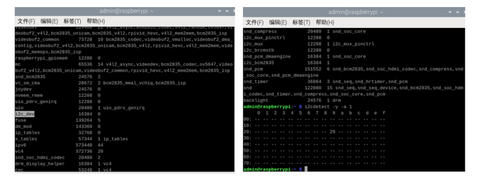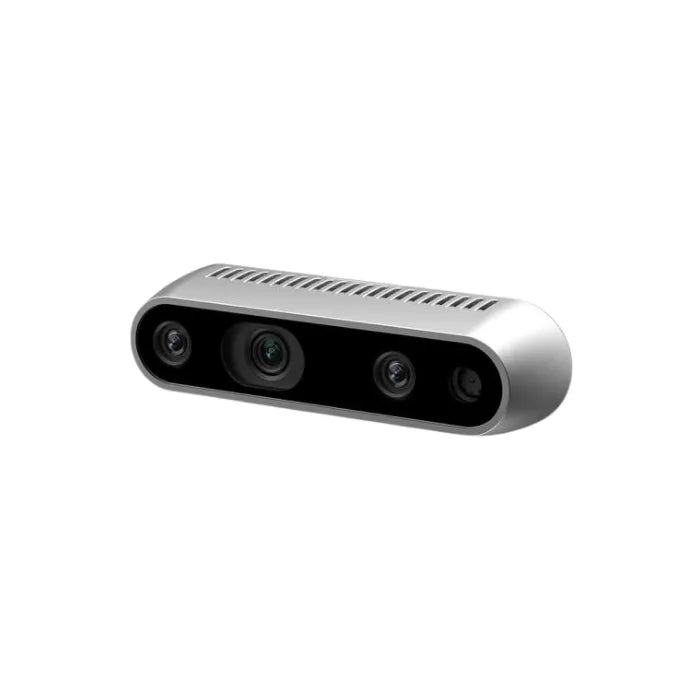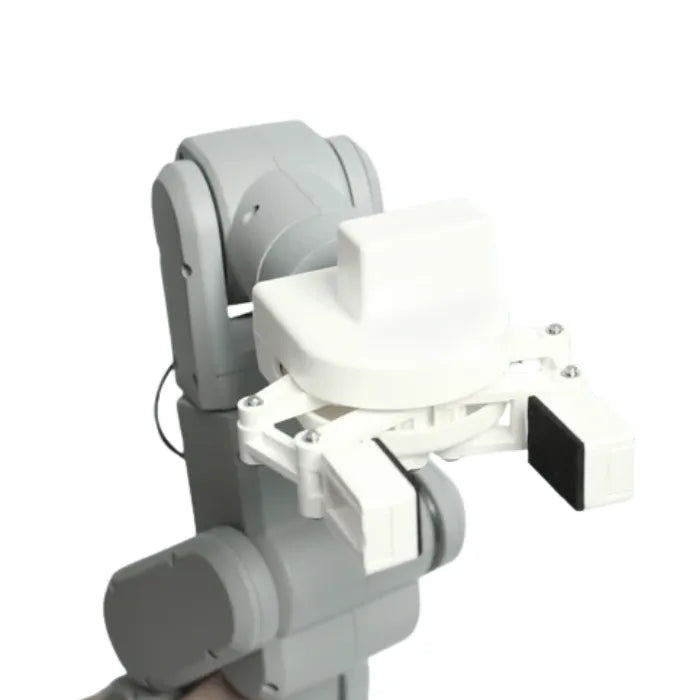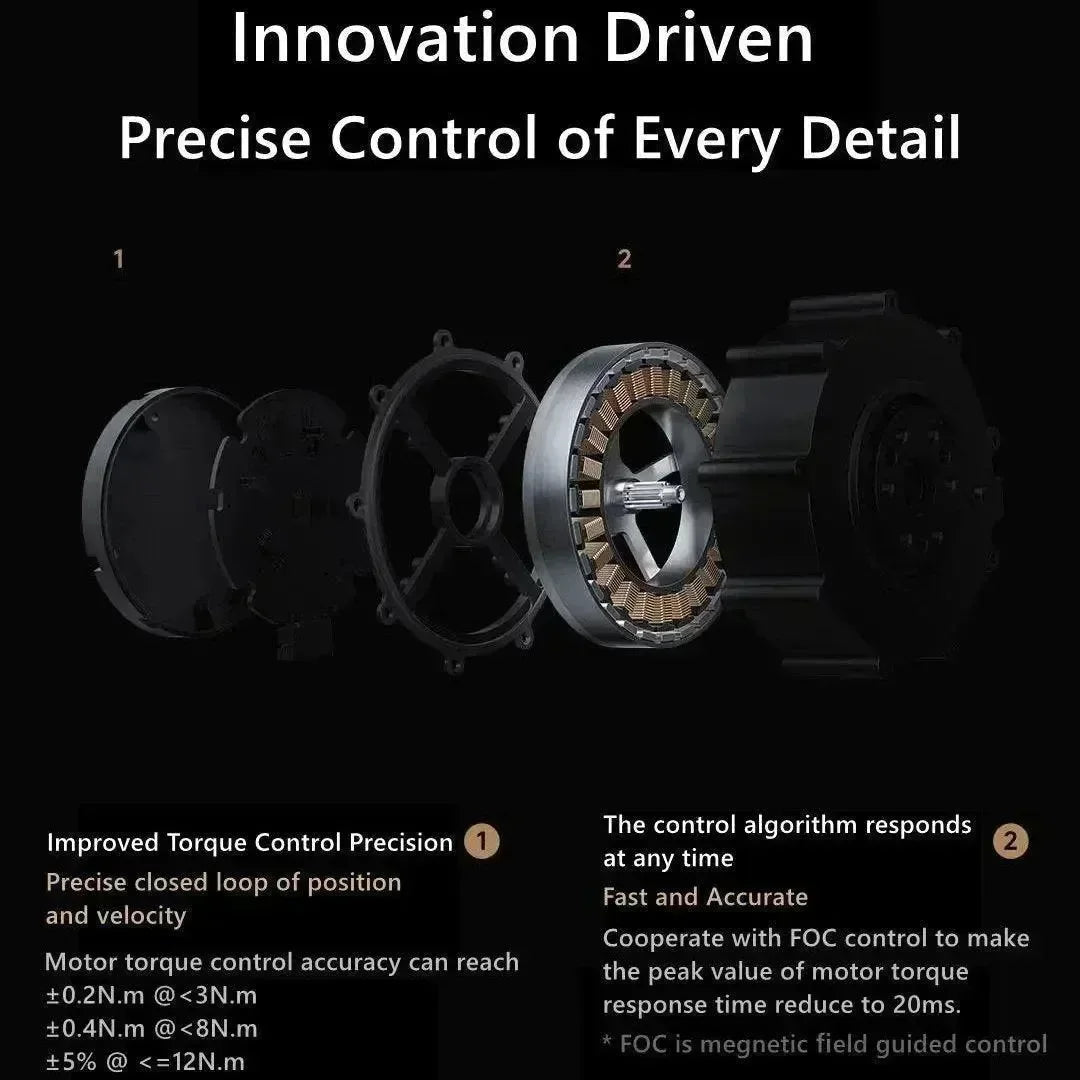The Measurement Principle of a Laser Ranging Sensor
The working principle of a laser ranging sensor is that the sensor emits laser beams and then measures the distance by receiving the returned laser beams. There are two methods of laser ranging: pulse method and phase method.
The pulse method is similar to ultrasonic sensors, using the time between the emission and return of the laser to calculate the distance between the laser emitter and the object. The phase method utilizes the phase difference between the emitted laser and the laser directly returned to the instrument to calculate the distance between the laser emitter and the object.
Unlike traditional ranging sensors, VL53L0X adopts ST's ToF technology, which allows distance measurement regardless of target color and reflectivity. It can achieve precise ranging up to 2 meters, communicates via the I2C interface, has low power consumption, and stronger anti-interference capabilities.

Components Needed to Implement this Project
- Raspberry Pi 4b
- VL53L0X Laser Ranging Module
- Through-hole LED
- OPENELAB Expansion Board
- Male-to-Male Jumper Wires
- 220Ω Resistor
Wiring Diagram
The laser ranging module uses I2C communication. Connect the module's SDA and SCL pins to the Raspberry Pi's SDA and SCL pins, respectively. Connect VCC and GND to the Raspberry Pi's 5V and GND, respectively. The Raspberry Pi needs to enable the I2C service.

Step-by-Step Operating Procedure
1. After enabling I2C on the Raspberry Pi, type "lsmod" in the terminal to check if I2C has been successfully activated.
2.Download i2c-tools, a software used to monitor the usage and diagnose issues of hardware devices, and enter the following command in the terminal:sudo apt-get install i2c-tools
3.Enter through the terminal:i2cdetect -y -a 1
4.Check if the module addresses 0x52 or 0x29 are detected.

Program
1. Transfer the VL53L0X.zip file into the Raspberry Pi The link to the compressed file:VL53L0X.zip
2. Enter the VL53L0X directory by typing the following command:cd VL53L0X
3. Then enter the command:make
4. Compile the files, then use the following command to enter the Python folder:cd python
5. Enter the following command to run the example program:python VL53L0X_example.py
Experimental Phenomena
The laser distance measurement demo developed by the OpenELAB team connects the positive lead of the LED to the GPIO4 pin and configures GPIO4 as PWM output. When the program runs, it outputs different PWM waves to drive the LED based on the measured distance, with the terminal displaying the detected distance in millimeters and centimeters. This project is widely used in fields such as construction and engineering, forestry and forest management, manufacturing and industrial maintenance, marine and water resources, military and defense, surveying and geology. It is used for accurately measuring the distance and size of targets, assisting military personnel in target positioning and tracking, measuring the elevation and distance of terrain and geological features, and helping geologists and cartographers in geological research and map making.

The diagram shows the implementation process of driving the LED with different PWM waves.

The diagram shows the terminal output displaying the detected distance in millimeters and centimeters.
If you're working on a project using VL53L0X Laser Ranging Module, our website offers a wide range of Laser distance measurement products, and we can also produce customized Laser distance measurement products based on your requirements.
OpenELAB is a one-stop development platform for global AIoT electronics enthusiasts and an open-source community for electronic engineers. Besides providing developer modules online, our services also include customized manufacturing of various electronic parts such as micro switches and batteries, as well as plastic or metal parts through 3D printing, injection molding, CNC, laser cutting, etc.
In addition to Laser distance measurement products,OpenELAB offers other electronic component sourcing services such as sensors, displays, IoT, and more.
OpenELAB has a user-friendly website that makes it easy to find the components you need, and we offer fast shipping to customers around the world.
Moreover,OpenELAB offers Design as a Service (DaaS) for design optimization, Manufacturing as a Service (MaaS) for production manufacturing, Supply Chain as a Service(SaaS) for supply chain support, and Quality as a Service(QaaS)for quality control to AIoT products transitioning into mass production, ensuring a smooth transition to the commercial production phase.
Most importantly,OpenELAB is dedicated to building a global open-source community for AIoT electronic developers. Through the OpenELAB open community, developers in the AIoT electronic revolution can collaborate, empower each other, and create a culture of mutual respect and collaborative sharing, generating more innovative AIoT intelligent hardware products for the world.
































































































1 comment
hnvfgj